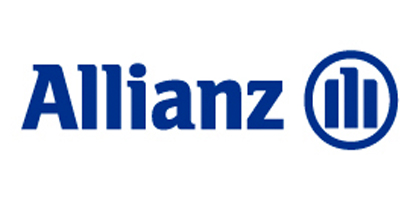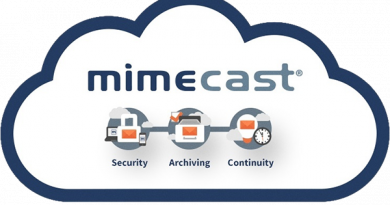Allianz Global Corporate & Specialty partners with US InsurTech Praedicat to identify next generation liability risks through big data
- Partnership aims to find new ways to better predict future liability catastrophe risks and gain insights on emerging risks and new business opportunities.
- Praedicat’s data analytics and predictive exposure modelling complements AGCS’s portfolio analysis and risk assessment approach.
- AGCS Board Member Hartmut Mai: “Forward-looking models will transform insurance underwriting. This partnership empowers our underwriters to be data scientists.”
- Joint series of publications on emerging liability risks to be released – nanotechnology will be the first in a series.
Johannesburg, May 11 2017:Allianz Global Corporate & Specialty SE (AGCS), the corporate insurance carrier of Allianz SE, is working with Praedicat, the InsurTech analytics company based in Los Angeles, to better predict the key catastrophe liability risks of the future. By combining Praedicat’s forward-looking predictive modelling approach with AGCS’ underwriting processes and extensive liability risk portfolio analysis, the companies aim to identify the next generation of catastrophe liability risks for business customers far earlier than under current methods. Praedicat’s modeling engine uses machine learning technology to scan large volumes of data from peer-reviewed science publications and profile the likelihood that products or substances will generate litigation risks over their lifecycle.
By complementing the traditional experience-based underwriting and portfolio management of liability risks with predictive analytics, AGCS and Praedicat aim to combine the best of both approaches in this new risk assessment methodology. Using forward-looking data models in addition to historic loss data analysis and risk engineering assessments, AGCS liability underwriters globally will be able to better identify and assess future liability risks for industries or single companies. Praedicat’s data analytics tools will help to evaluate the risk of a potential mass litigation, stemming from the use of a chemical, product, or substance in niche or widespread industry applications. Asbestos, which caused insured losses of USD 71 billion globally until 2011 (Swiss Re, Sigma No 02/2012), is one high profile example of such a man-made liability disaster.
“Forward-looking models will transform insurance underwriting. Through this collaboration we hope to change the core role of underwriters, freeing them up from the daily paper grind and empowering them to be data scientists,” said Hartmut Mai, Chief Underwriting Officer and Board Member, AGCS. “Emerging risks are challenging to quantify for an insurer. But now, AGCS underwriters will be able to identify emerging liability catastrophe risks with increased confidence based on in-depth data. Embedding these new tools into our underwriting process not only enhances the quality and efficiency of our decision making, it also allows us to be true partners for our corporate clients through improved risk identification, potentially far in advance of current screening approaches.”
Machine learning technology helps to identify litigation risks
Praedicat’s modeling engine uses advanced machine learning technology to process large volumes of data from peer-reviewed science publications and profile the likelihood that products or substances will generate litigation risks over their lifecycle. When risk agents, or “named perils” are identified, they are tracked over time as new data emerges and increasingly shapes scientific acceptance of the risk. Praedicat has further developed a database of industry and company exposures to the named perils.
“With forward-looking models, machine learning, and algorithmic search, the insurance sector is in the midst of transformation,” says Robert Reville, Chief Executive Officer at Praedicat. “These new technologies are driving competitive advantage. Praedicat is very proud to be working closely with AGCS in its commitment to the new technologies to drive the future of underwriting of corporate risks.”
Research on emerging risks
There is a large degree of liability stemming from emerging risk, although just how much is not effectively measured today. Bringing together scientific and risk management expertise, both companies work closely to get in front of emerging risks that could have an impact on industry segments, such as nanotechnology in the food and beverage industry. The two companies have just published a paper on nanotechnology risks, “Emerging risk: Nanotechnology in food”, the first in a series of reports looking at emerging liability risks.
“AGCS will help businesses understand potential emerging liability risks and their impact on their company while providing innovative solutions”, said Michael Hohmann, Global Head of Liability, AGCS. “We will use the Praedicat data and tools to help our clients achieve better product stewardship and to tailor their insurance program to their specific risk profiles.”




